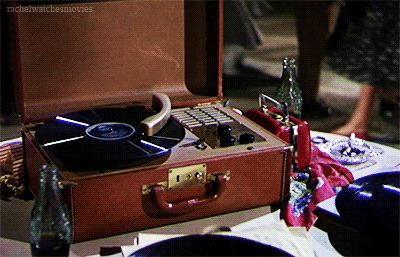I had intended to close this blog as the A Level in Media I was delivering is not longer offered at my college as we wanted to focus on more vocational media courses alongside A Level Film. However, the new qualification I am running has two written exams included so I’ve decided to reactivate it so my students have an additional online resource to help with their knowledge, understanding and revision. My podcast, Renofication, will also continue.
We’re about to start a media theory unit with the Cambridge Technical Digital Media students so this will be the focus of the next few editions. However, dear reader and student, feel free to explore the site via the contents pages on the right to find other things which may be of interest of linked directly with the topics.
Our first class will explore the different types of media industries, which will at some point in the lesson lead us onto the concept of Vertical and Horizonal Integration. I can never remember which way round vertical and horiztonal goes so I’m hoping one of the students can help out. Anyway, this short video will offer a clear definition whilst using the film industry as an example.
We’ll discuss this more in class.
It’s good to be back.









